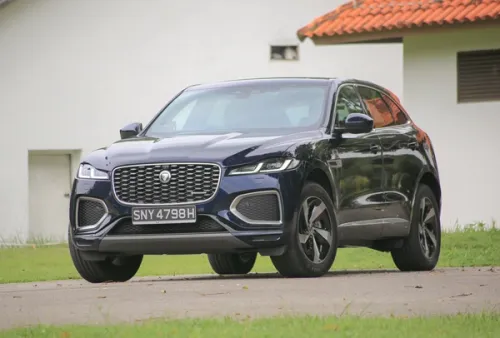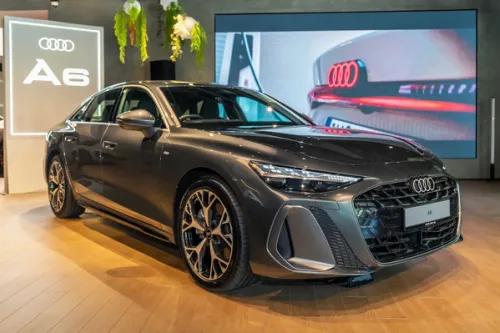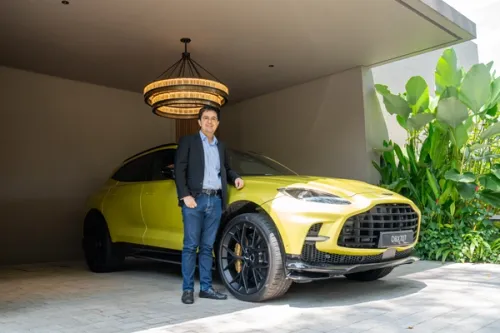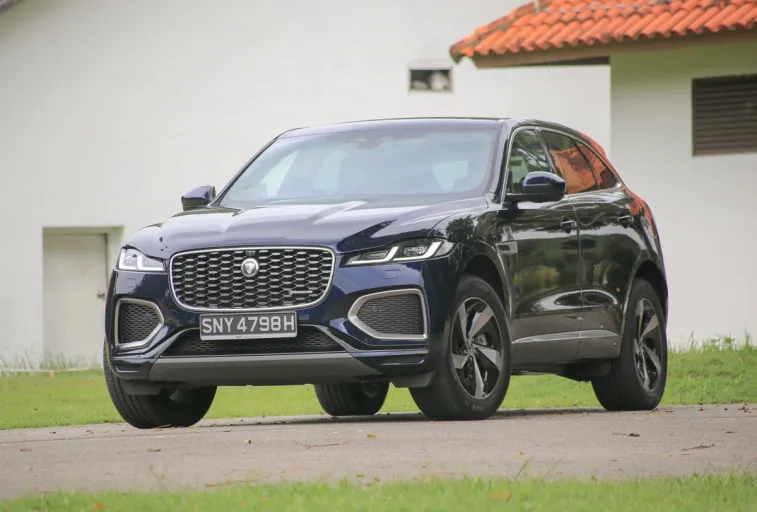Cars That Nobody Asked For - But Everyone Will Love
It is difficult to remember who did what first, hard to recall the cars who really stood out, and hard to recognise the cars that were ahead of their time. Today, we look at some cars that totally redefined their segment, was the first of its kind, or even created a segment of their own


In today’s environment, there is a new car being launched almost every week or every other week. This obsession with new and shiny things makes for great fun on the consumer’s end. Although we aren’t able to purchase every new car that is released, it is always exciting to behold what new technology and new designs the automaking gods can bestow upon us. Suffice to say, our social media feeds have never been so inundated by the onslaught of newer, better, faster, greener, or cheaper cars to enter the market. In this sea of new releases, it is difficult to remember who did what first, hard to recall the cars who really stood out, and hard to recognise the cars that were ahead of their time. Today, we look at some cars that totally redefined their segment, was the first of its kind, or even created a segment of their own - Cars that nobody asked for but everyone will love.
In Singapore particularly, it is easy to forget that the BMW i3 exists, because you simply do not see many on the roads. Globally however, the BMW i3 is actually the third best selling electric vehicle of all time, and has been gracing the world with its quirkiness since 2013. When it was revealed at the 2011 International Motor Show, most of Asia was still trying to wrap their heads around what sort of whack-job BMW had created (I presume the Europeans were more optimistic about its potential). Yet today, we find ourselves discussing electric cars, their future, and how we are moving towards an EV revolution. If electric cars are to be the new normal in some years to come, then the BMW i3 can be regarded as the original proof of concept that functional, electric cars are a reality, and could work in the modern world. In some ways, Tesla is the Avicci that popularised electric vehicles, then the BMW i3 is the David Guetta that paved the way and started it all.
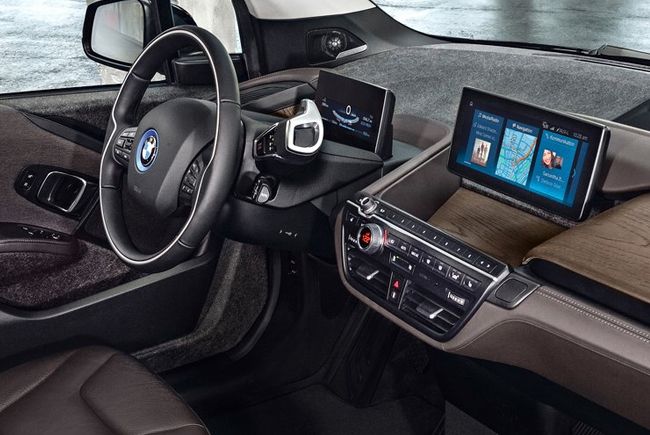
Aside from being one of, if not the first commercial car producer to produce a proper, functioning electric car for mass production, BMW styled the i3 ahead of its time. It's important to realise that the BMW i3 has remained largely unchanged in its appearance since its inception in 2013. Yet, when you open the doors of one today, in 2020, you will discover that the interior looks every bit the part of what you would expect from a premium luxury car today. That is mighty impressive, if you consider that the much newer Tesla Model 3’s interior already looks cheaper and more dated than a 2013 BMW i3’s interior. From a design perspective, the BMW i3 was also a trend-setter. From the borderless instrument cluster (now also seen with the latest Mercedes-Benz cars), to the open-style two spoke steering wheel (now found on the current generation S-Class), there is so much that is impressive about the styling on this car, not to mention that crazy looking thingamajig of a “gear selector” and those to-die-for suicide doors. Last but not least, while we know that electric cars are quick, the BMW i3 manages to do so, not by packing in copious kilowatts of power into its electric engine. Instead, it utilises a lightweight Carbon-Fibre Reinforced Plastic (CFRP) for its internal structure and hemp for its body panels, thus keeping its kerb weight down to a very lean 1,195kg. To put it simply, 7 years ago, we said the car was weird, today, I think it's a hipster’s wet dream.
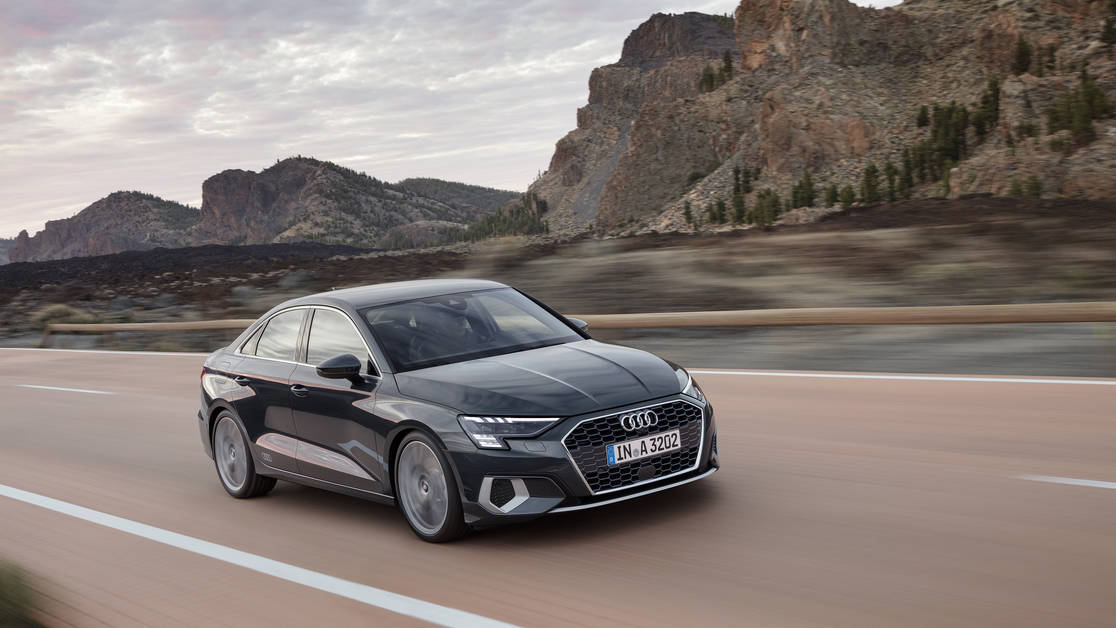
Beginning the article with a showstopper like the BMW i3 makes this next entry seem a little mild, if not a little boring, but the Audi A3 Sedan is remarkable in many ways that you may not realise. For many years, the entry segment to premium luxury brands were more or less defined by the hatchback in the line up. Mercedes-Benz had the A-Class, BMW had the 1 Series, and Audi had the A3. Nobody in the market thought to ask for anything different, and one day in 2013, Audi showed up with the A3 sedan and it was an absolute masterstroke that would forever redefine the sub-compact luxury sedan segment. This move was so ahead of its time that Mercedes-Benz took till last year to respond with the A-Class Sedan, and BMW till this year to release the 2 Series Gran Coupe.
Keen on the outgoing A3 Sedan, here are a few examples on sale.
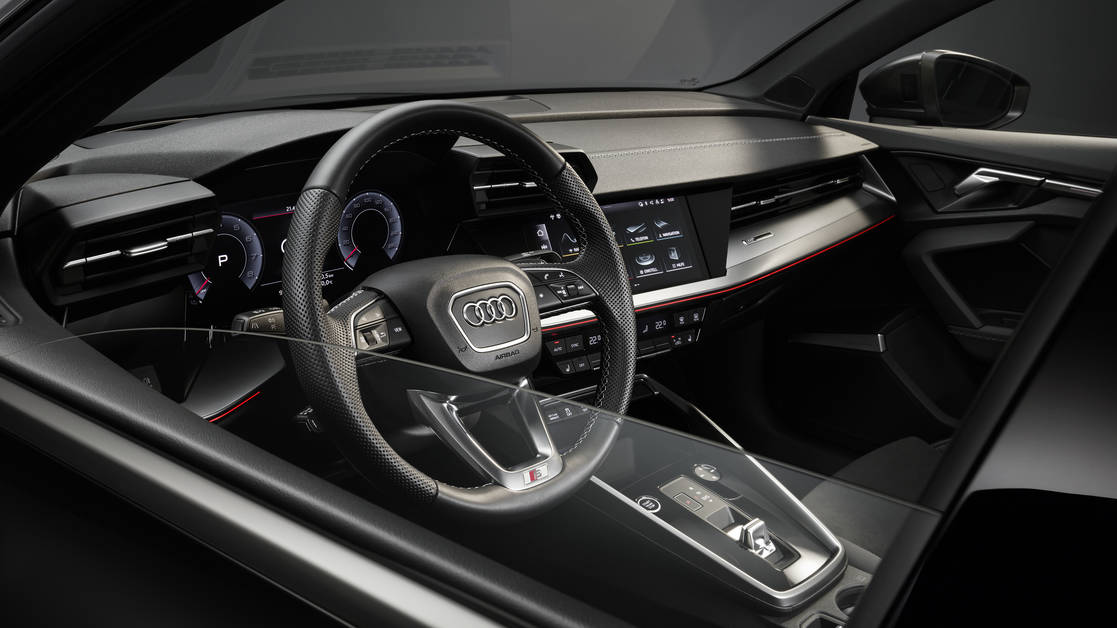
In all that time, the Audi A3 sedan has proven to be one of the most value for money cars you can buy, perhaps only outdone by its bigger brother, the A4. Commercially, the Audi A3 continues to serve as a very well-placed step up for Japanese car owners looking to enter the continental car world, and represents awesome value if you consider how well built and premium the Audi A3’s interior is. Technologically, the Audi A3 remains one of the benchmarks of how a smart engine like the Audi A3’s 1.0 litre TFSI can be both fuel-economical, and deliver decent performance at the same time. Last but not least, the Audi A3s design is simple enough that it’s looks have remained relevant for many years, yet, is exciting and sporty enough to instill a sense of pride in owning one. If you have a small family with kids no older than 12, the Audi A3 is actually amazingly capable at serving your everyday needs.
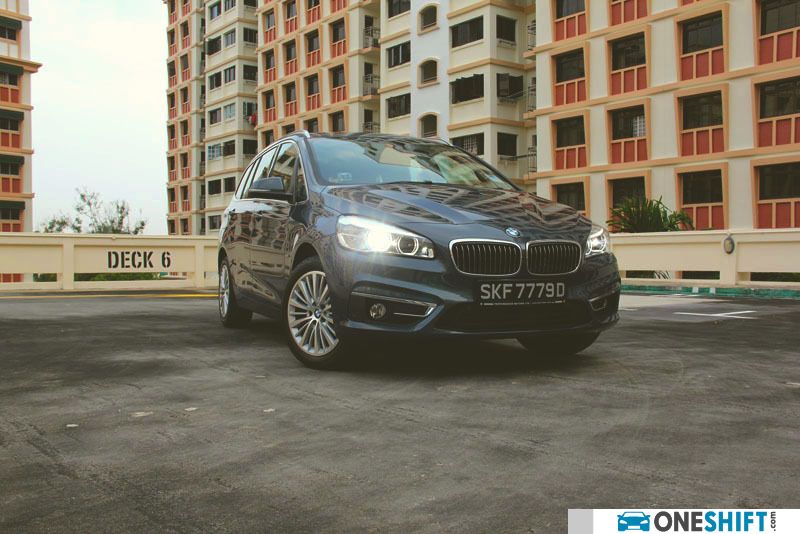
Singaporeans love MPVs. You can tell by the number of Estimas / Odysseys / Alphards / Vellfires on the road, in used car lots, and on the COE car market. At a time when all these cars were dominating the family car segment in Singapore, BMW came along and launched the 2 Series Gran Tourer, a car that nobody asked for, because nobody knew they wanted it. Today, the 2 Series Gran Tourer is everywhere, shuttling countless young Singaporean families from one place to the other in style, luxury, and a sense of pride in knowing they bought something smarter than the next guy. As a point of reference, there are 5 different BMW 2 Series Gran Tourers in my condominium carpark alone, making it only more uncommon than the Honda Vezel and Mazda 3.
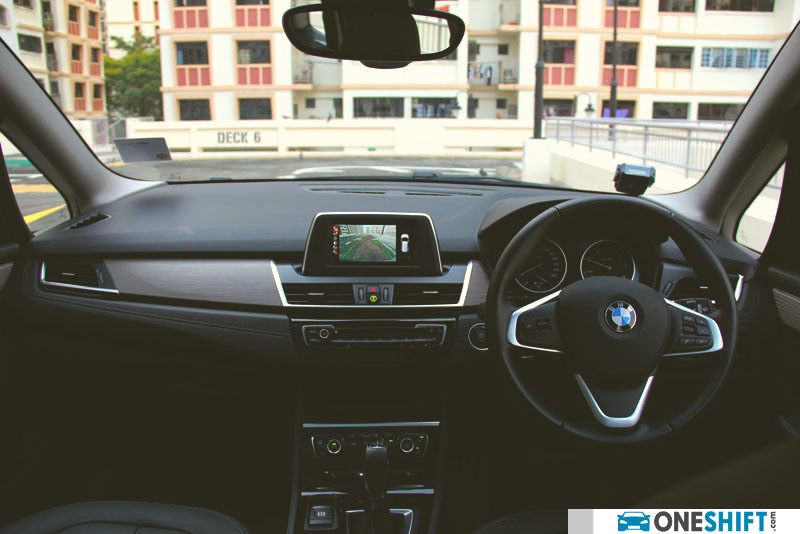
The funny thing is, people were actually perfectly fine and happy with buying 2.4 litre minivans mated to dull CVT transmissions that lugged people around on weekends, only to be occupied by one person (the driver) on most weekdays. This was probably the case because there were no better options for the small Singaporean family. When the 2 Series Gran Tourer came out though, buyers were faced with another dilemma. They were asked to pay more money for an MPV that was smaller, less powerful, and didn’t even have sliding doors. As it turns out though, the dilemma was short lived, and after some run-up time, the BMW 2 Series Gran Tourer started flying off the shelves. At a time when SUVs were gaining traction, and most car companies were trying to figure out how to squeeze 7 seats into an SUV, it was amazing how BMW entered the market with the 2 Series Gran Tourer, and absolutely won the hearts of young Singaporeans and redefined the MPV segment. I guess in Singapore, it is true that the engine is only the second most powerful part of the car.
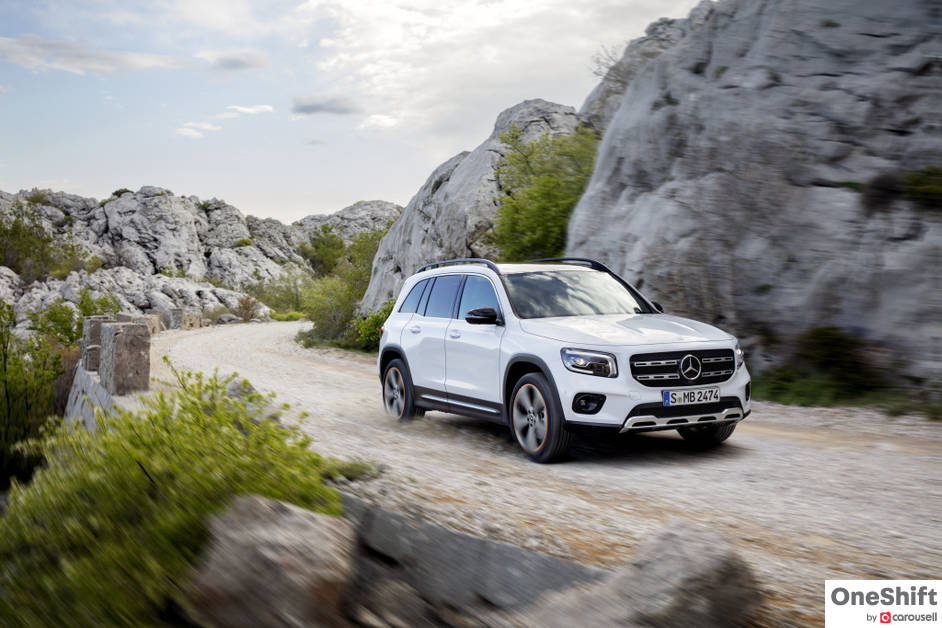
Though not technically released by Cycle & Carriage yet, the Mercedes- Benz GLB is one of the most anticipated new car launches of 2020, and is already available via Parallel Importers. There was initially speculation that Mercedes-Benz would release a 7 seater variant of the updated B-Class to rival BMW’s 2 Series Gran Tourer, but Mercedes-Benz seems to have decided that it is the GLB, a compact SUV that will lead the brand into the battle for the hearts of young families in search for a 7 seater option. In Singapore at least, this segment is an important battleground, and one that is increasingly discerning, and increasingly wealthy. Basically, this segment is the Aljunied / Sengkang / East Coast battle of cars.
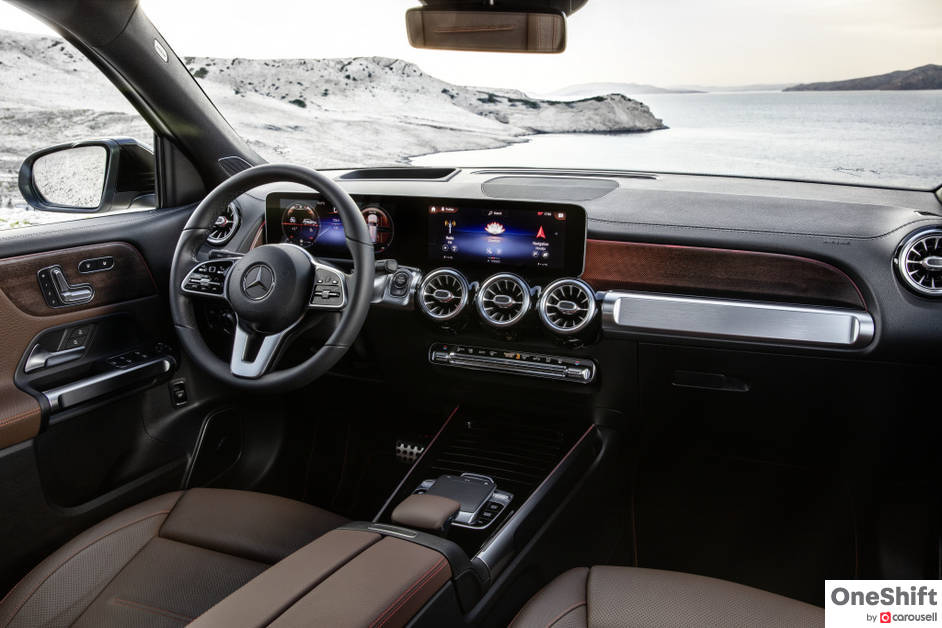
After a brief foray into 7 seater territory with the R-Class some years back, it seemed like Mercedes-Benz were destined to never enter this segment again, at least not with a reasonably priced offering that mere mortals like us can afford. But yet, here we are to witness the GLB take over this segment in emphatic fashion. The demand for the GLB was so anticipated that PI dealers were already taking orders for this car 3-4 months before the car even landed in Singapore. People were booking one without having seen it in person or test-driven it. Looking past the fanfare, I think it is evident how important this segment and this car is to Mercedes-Benz. In many ways, the arrival of the GLB will surely see a decline and cannibalisation of sales from the longer standing GLC. The GLB is after all cheaper, just as practical, arguably better looking (to me at least), has a smarter engine setup, and comes with the latest interior styling equipped with the latest MBUX system. It seems that this is a sacrifice that Mercedes-Benz is willing to make, and we are here to embrace it. While some of the GLC buyers might be keen to swop over to the GLB, we can also think of the number of BMW X1 and Audi Q3 buyers that might be looking to get in on one of those 2 extra seats in the GLB.
Still planning on what car suits you best? Browse Carousell's listings today!
Credits:


Get the Best Price for your used car
from 500+ dealers in 24 hours

- Convenient and Hassle-Free
- Consumer Protection
Transparent Process
With No Obligation
